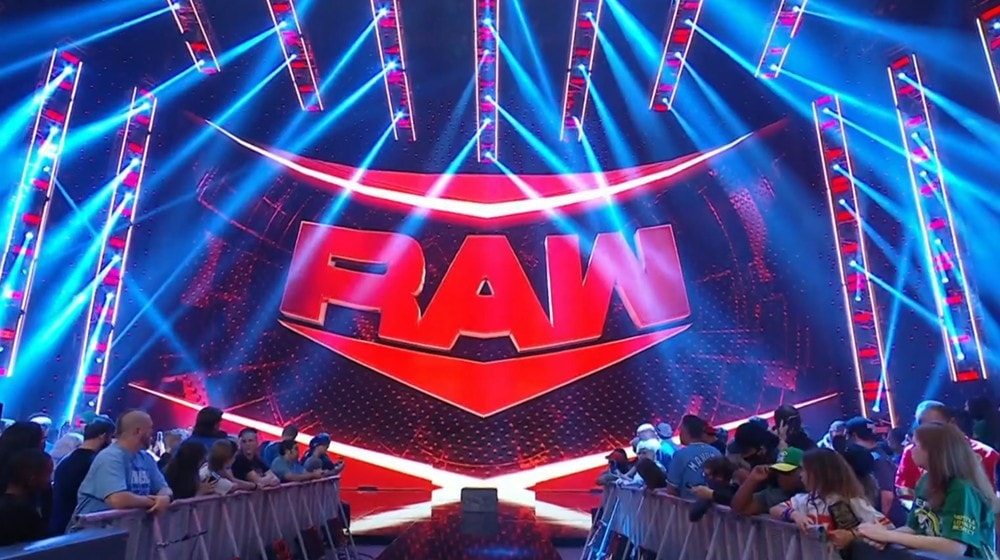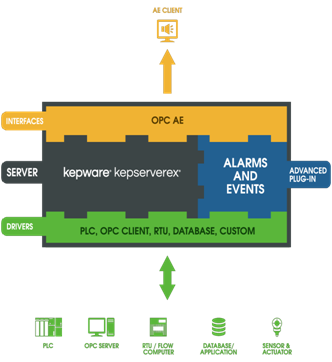
- Kepserverex iot gateway how to#
- Kepserverex iot gateway install#
- Kepserverex iot gateway full#
- Kepserverex iot gateway code#
Protect the KEPServerEX project configuration by restricting modifications by role. Programmatically configure KEPServerEX drivers, the IoT Gateway, and the EFM Exporter. Programmatically access the KEPServerEX Event Log. Initiate Automatic Tag Generation (ATG) through a simple service call at the device level. 
 Create multiple objects in a single transaction. Create an object with a child hierarchy in a single transaction. Remotely trigger project saves for any instance of KEPServerEX.
Create multiple objects in a single transaction. Create an object with a child hierarchy in a single transaction. Remotely trigger project saves for any instance of KEPServerEX. Kepserverex iot gateway full#
Load a full project from a mapped file directory. Programmatically build KEPServerEX project files. The Configuration API is especially helpful for users with large and constantly-changing projects or companies who want to: It also enables the use of templates to standardize creation and naming among different types of devices-ensuring consistency and increasing user efficiency. These changes include adding, editing, reading, and deleting objects (such as channels, devices, and tags) in the server. We are the IoT platform that you are looking for.The REST-based Configuration API enables users to remotely apply programmatic changes to the KEPServerEX configuration via third-party client applications (including SCADA, HMI, IoT applications, and simple web applications). Do not hesitate to sign up and test it with your KEPServerEX with OPC UA. Thethings.iO is the most simple enterprise IoT platform. We can now go to our panel at thethings.iO and see how the random numbers are arriving! If everything went well you will see the following message: Then, in the body tab, we choose ‘Advanced Template’ and put the following: For that, we right click on the agent and choose ‘Properties’. The last step is to do some final configuration on the agent we created before. Then we click ‘Apply’.Īt the window for the item configuration that opens next, in the publish field we select ‘Every Scan’, leave everything else as it is and click ’OK’. In the Tag Browser, we click on Simulation Examples, then on ‘Functions’ and choose Random4. In order to do that, we click on our freshly created Agent and then on ‘Add IoT items…’.įor this tutorial we will use a simulator which generates random numbers and send them to thethings.iO The next step is to add an IoT Item to send data from. As method, we choose POST, put the publish rate to 1000 and select ‘Wide Format’.Īfter that, we leave the header configuration empty and click ‘Finish’. Now, at the endpoint configuration, at the URL field we insert where THING_TOKEN is the token of the thing you want to send the data to. Then we choose a name for your agent and as type “REST Client”. We select ‘ Entire feature will be installed on local hard drive’.Īfter the installation is finished, we open KEPServerEX and then right-click on ‘IoT Gateway’ and select ‘New Agent’. Kepserverex iot gateway install#
As you will see, it is very fast and easy to forward data from your industry to IoT platform of thethings.iO ! So let’s get started! Step 1: Install KEPServerEXįirst, during the installation of KEPServerEx, we choose the IoT Gateway under Plug-Ins to be installed as well. KEPServerEX is an OPC server and connectivity platform for industrial automation.

Kepserverex iot gateway how to#
Today we will show you how to connect KEPServerEx to thethings.iO with MQTT.
Kepserverex iot gateway code#
This is the reason why we are enabling our industrial customers with IoT gateways and compatibility with existing industrial products such as KEPServerEX, to seamlessly stream real-time industrial data to thethings.iO and apply all the operational tools and Big Data with cloud code and build dashboards and apps for final customers, among other features. At thethings.iO we want to lead industrial companies to get into the Internet of Things (IoT) and Industry 4.0. The protocol OPC UA (Unified Architecture) is one of the most extended IoT industrial standard for automation. The hard thing of the industry is that sometimes the companies still use old protocols, legacy machines and systems. Industry is getting into the Internet of Things, some call it Industry 4.0 some other use other names.







 0 kommentar(er)
0 kommentar(er)
